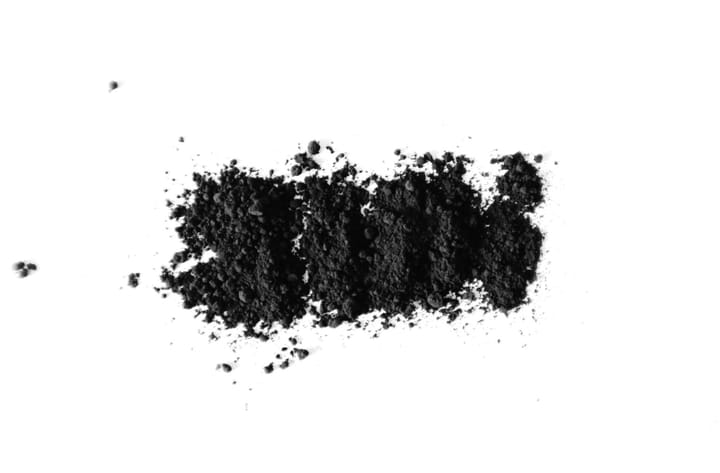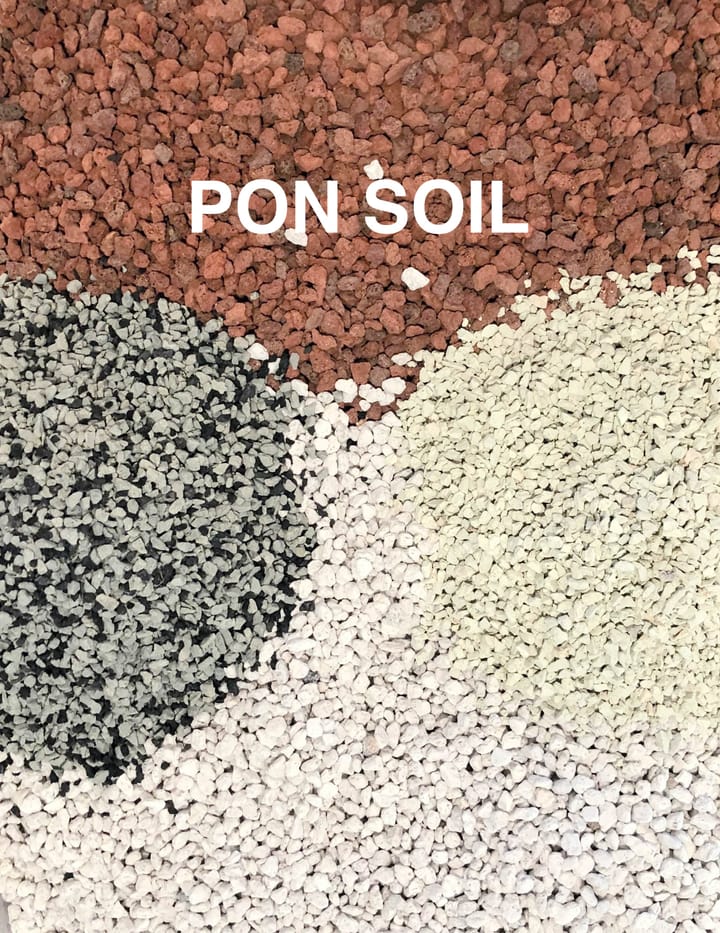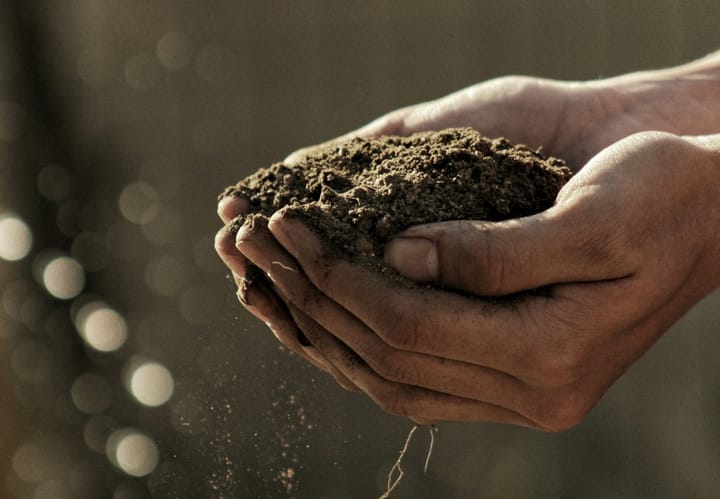How to Make Garden Compost
Making garden compost involves a process that recycles organic material back into the soil. By combining kitchen scraps, yard waste, and other biodegradable materials in a compost pile or bin, you create an environment where microorganisms break down the matter into rich, fertile compost.

This natural fertilizer can be used to enhance the quality of your garden soil, leading to healthier plant growth and a more productive garden.
Creating compost is not only good for your garden but also benefits the environment by reducing waste.
With the right balance of nitrogen-rich 'greens' like vegetable scraps and carbon-based 'browns' like dried leaves, along with adequate moisture and aeration, you create an environment where microorganisms break down the matter into rich, fertile compost.
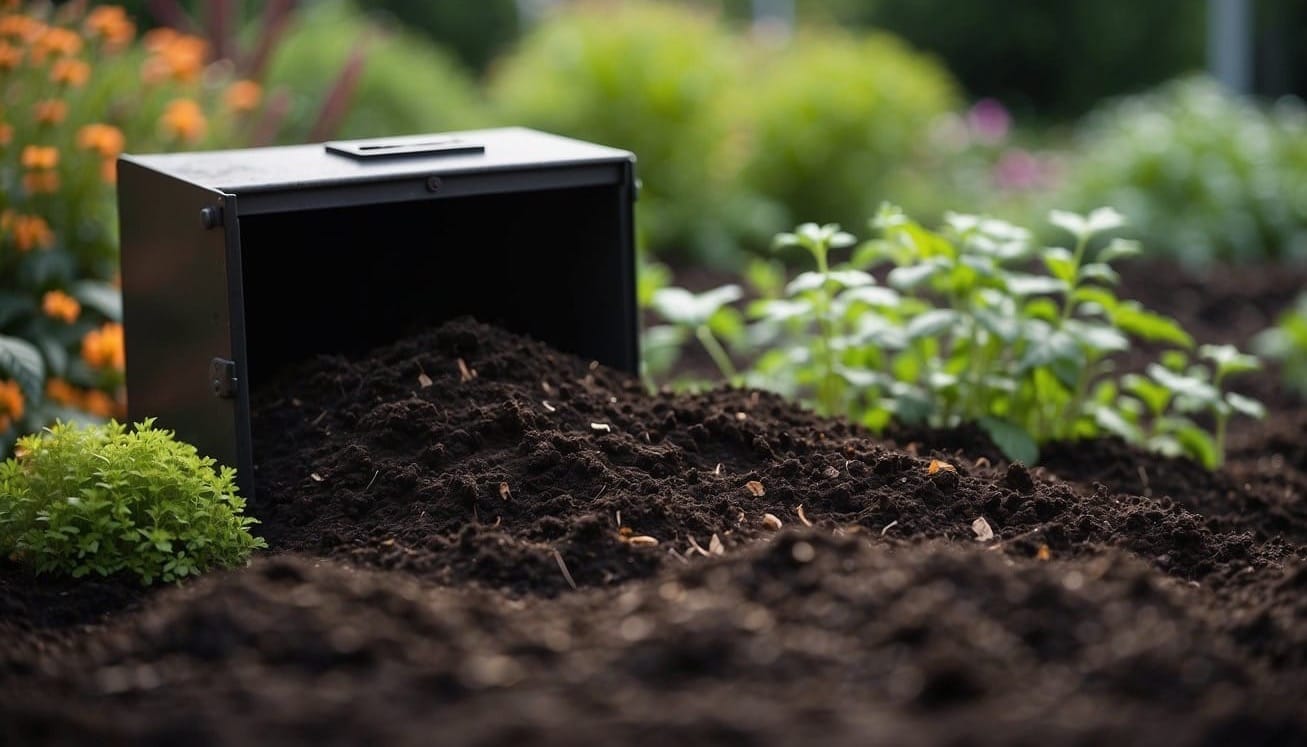
The process requires patience and some maintenance to ensure that the materials decompose properly without odor or pests.
Learning a few basic techniques and understanding what materials are suitable for composting can simplify the process.
Setting up and maintaining a compost pile at home can seem daunting at first, but with practice, it can become a straightforward part of your gardening routine.
Knowing how to troubleshoot common compost problems ensures uninterrupted composting throughout the year and a steady supply of compost to enrich your garden.
Key Takeaways
- Compost enriches garden soil and supports plant growth.
- Balancing materials and maintenance is key to successful composting.
- Troubleshooting ensures year-round compost production.
Understanding Compost Basics

In the journey of creating a flourishing garden, understanding how to make and utilize compost is fundamental.
Compost transforms organic matter into a form rich in nutrients, benefiting your soil and plants.
What is Compost?
Compost is the result of organic matter that has been broken down by microorganisms into a nutrient-rich substance known as humus.
This transformation occurs under controlled conditions where you encourage the decomposition of materials like leaves, vegetable scraps, and grass clippings.
The final product is a dark, crumbly material that is teeming with beneficial microorganisms.
- Components of Compost:
- Greens: Provide nitrogen (e.g., fruit scraps, grass clippings)
- Browns: Supply carbon (e.g., dry leaves, branches)
- Water: Maintains moisture for microbial activity
- Air: Ensures oxygen for microorganisms to thrive
As these materials decompose, they eventually become humus, offering a complex array of nutrients and beneficial properties to soil.
Benefits of Composting
Composting offers substantial advantages for both your garden and the environment:
- For Your Soil:
- Enhances soil structure
- Increases nutrient content
- Improves soil pH balance
- Encourages healthy root development
- For the Environment:
- Reduces landfill waste
- Lowers greenhouse gas emissions
- Conserves water by improving soil moisture
By introducing compost to your garden, you're not only nourishing the soil but also partaking in an eco-friendly practice.

Selecting a Composting Method
Choosing the right composting method is essential for turning your kitchen scraps and yard waste into nutrient-rich compost.
Your choice determines the speed and ease of the composting process and the quality of the final product.
Traditional Composting
Traditional composting is the most basic method, involving a compost pile or compost bins.
You can start by selecting a convenient spot in your yard and piling green materials, like vegetable scraps, with brown materials, like dried leaves or straw.
This method requires occasional turning of the pile to aerate it and speed up the decomposition process.
Compost bins help contain the material and can range from simple wire framing to more elaborate, enclosed structures.
Vermicomposting
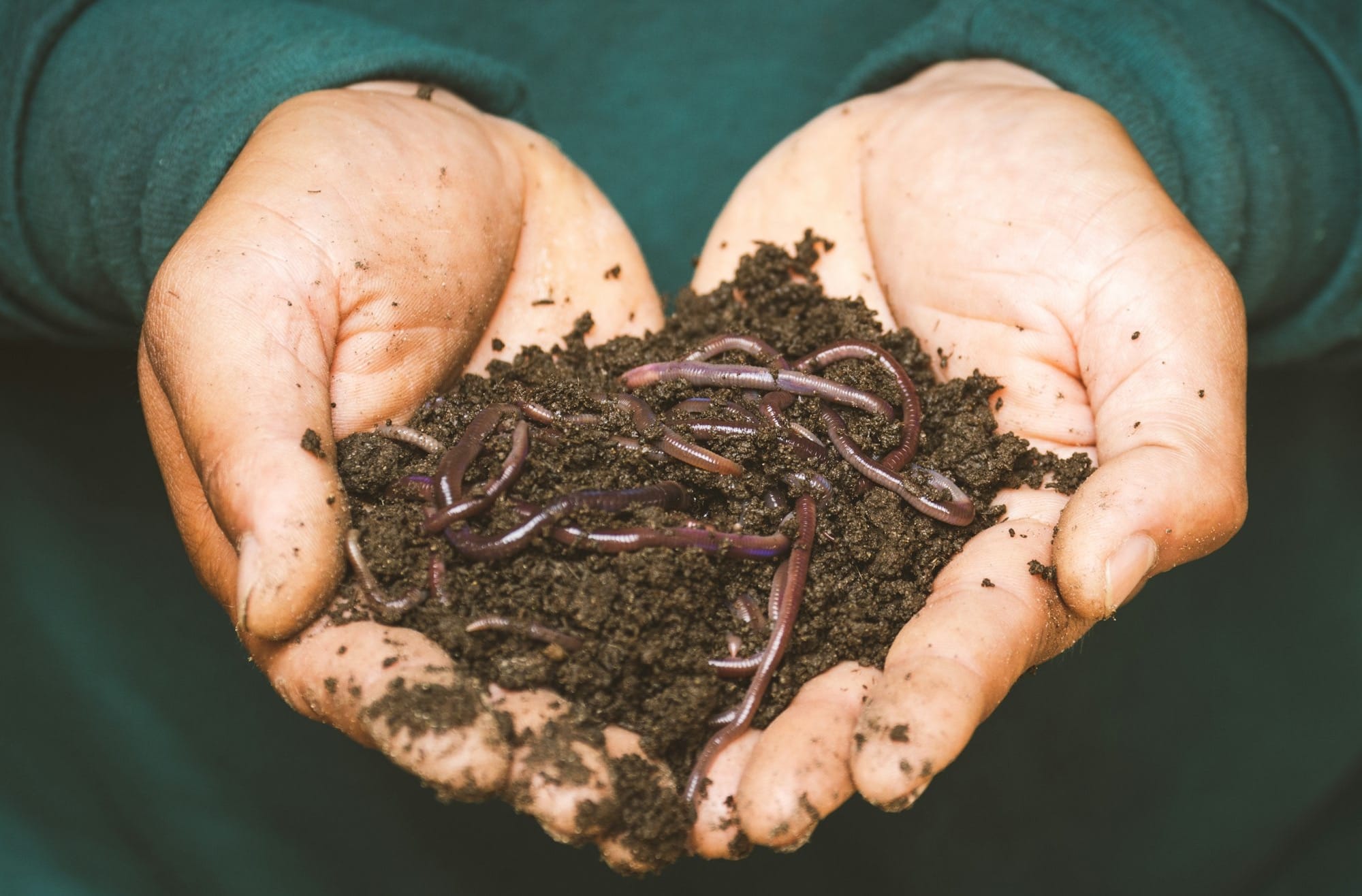
Vermicomposting utilizes red wiggler worms to break down organic material.
You'll need a bin which can be kept indoors or outdoors, depending on the climate. Feed your worms with kitchen scraps and shredded paper to produce compost.
This method is suitable for small-scale composting and is efficient, as worms speed up the decomposition process, making it a good option for those with limited space.
Hot vs. Cold Composting
The difference between hot and cold composting is mainly temperature and time.
Hot composting, or 'active composting', involves carefully balancing carbon-rich 'browns' and nitrogen-rich 'greens' to reach temperatures up to 160°F, which accelerates decomposition and kills weed seeds and pathogens.
- Hot Composting:
- Requires active management
- Reaches higher temperatures
- Faster decomposition
Cold composting is less labor-intensive but takes longer, as it relies on the ambient temperature and natural breakdown processes.
- Cold Composting:
- Lower maintenance
- Takes more time to produce compost
- Happens at ambient temperature
Whether you opt for a compost tumbler, which makes turning easier and is ideal for hot composting, or a regular pile for cold composting, the key is to maintain a good mix of greens and browns and manage moisture levels.
Setting Up Your Compost Pile

Creating an effective compost pile requires attention to location and containment. Begin by selecting an optimal spot and then decide whether to build or acquire a suitable compost bin.
Choosing the Right Location
Your compost pile needs a balance of moisture and air for successful decomposition.
Choose a partially sunny location that can help maintain these conditions.
The spot should be on well-drained soil to prevent waterlogging.
Accessibility is also key; you'll want it close enough for convenient additions of kitchen scraps and yard waste but not so near that odors or pests become a nuisance to your home.
Building or Buying a Compost Bin

Building a Bin:
- Materials: You can use wood, metal, or plastic. Ensure that they're durable and suitable for outdoor use.
- Design: The bin should promote airflow with spaces or holes along the sides. An open bottom will aid in drainage and allow beneficial organisms to enter from the soil.
Buying a Bin:
- Pre-made Bins: Tumblers or stationary bins can be a good investment for a more controlled composting environment.
- Features: Look for bins with tight-fitting lids to deter pests and holes for aeration. Some bins have a bottom tap for leachate - a nutrient-rich liquid fertilizer.
Regardless of the choice, maintain a good balance of green and brown materials in your compost bin and remember to keep it moist, turning the pile regularly to facilitate decomposition.
What to Compost
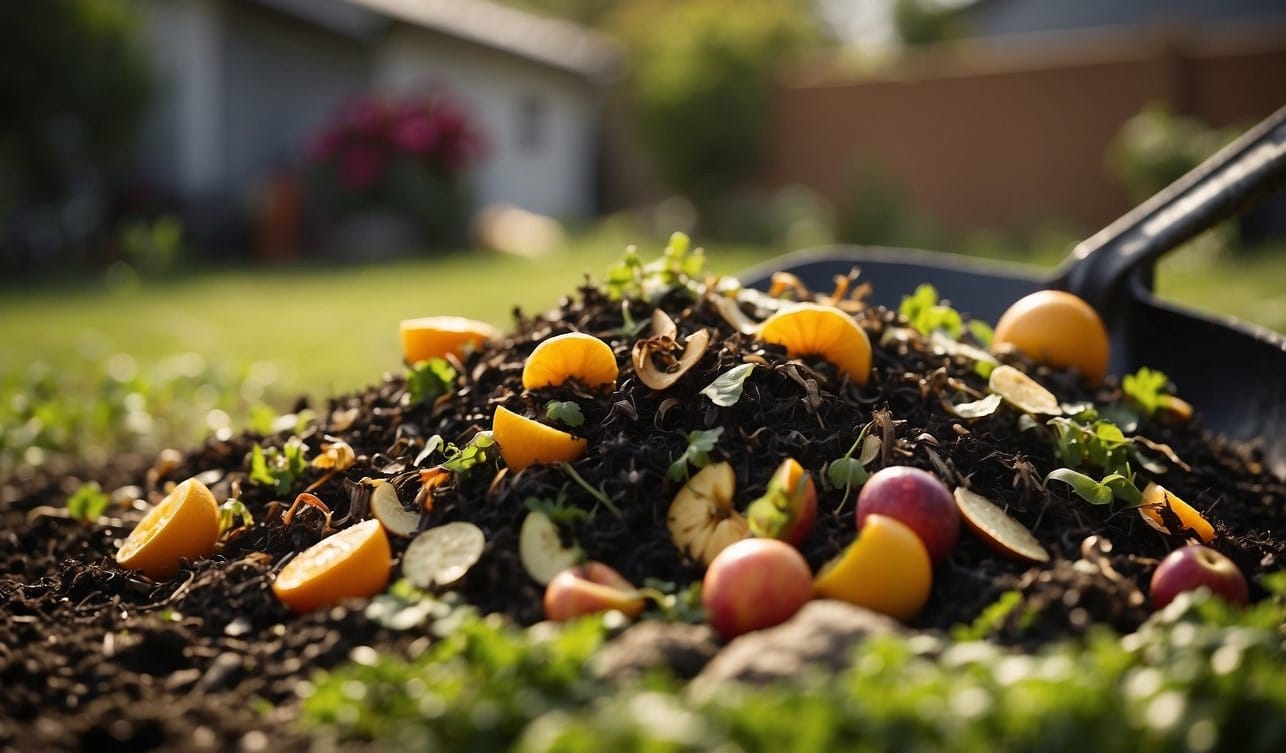
Successful composting involves balancing the right ingredients. Your compost pile should have a mix of nitrogen-rich "green" materials and carbon-rich "brown" materials.
Green Materials
Green materials are high in nitrogen, and they are essential for the growth of the microorganisms that break down the compost. Examples of green materials include:
- Grass clippings: Freshly mowed grass is a quintessential green material.
- Kitchen scraps: Vegetable scraps and fruit peels bring nutrients to your compost.
- Coffee grounds: They contribute nitrogen and a pleasant scent.
- Eggshells: Rinse them first; they provide calcium that helps plant growth.
- Manure: Use manure from herbivores, such as cows and chickens, never from cats or dogs.
Brown Materials
Brown materials provide the necessary carbon for your compost. These items include:
- Leaves: Dried leaves are a staple in the brown material category.
- Straw: It aids in aerating the pile.
- Sawdust and wood chips: Use sparingly as they can compact and slow the process.
- Paper and cardboard: Make sure they are not coated in inks or plastics; shred them to improve breakdown speed.
Materials to Avoid
Certain materials can attract pests, create an odor, or even harm the composting process. It's important to exclude:
- Meat, dairy, fats, and oils: These can cause odor and attract pests.
- Bones and fish scraps: Similar to meat, they can attract animals to your compost.
- Weed seeds: They might survive the composting process and sprout in your garden later.
- Diseased plants or those treated with pesticides: They can spread disease or contaminate your compost.
Maintaining Your Compost Pile

Proper maintenance of your compost pile ensures efficient breakdown of materials and results in rich, healthy compost.
Your focus should be on balancing materials, turning the compost, managing moisture and aeration, and monitoring temperature.
Balancing Greens and Browns
To maintain a healthy compost pile, balance your greens, rich in nitrogen, with browns, which are high carbon materials. Aim for a Carbon to Nitrogen (C) ratio of about 30:1.
Greens include kitchen scraps and grass clippings, while browns include leaves, straw, and paper.
- Greens (Nitrogen-rich materials)
- Vegetable peelings
- Grass clippings
- Coffee grounds
- Browns (Carbon-rich materials)
- Dry leaves
- Straw
- Cardboard
Turning the Compost
Turn your compost pile every few weeks using a shovel or garden fork to move the outer parts to the center.
This process introduces oxygen, which is essential for composting. It also helps to evenly distribute heat and moisture.
- Tools:
- Garden fork
- Compost aerator tool
- Frequency:
- Every 2-4 weeks
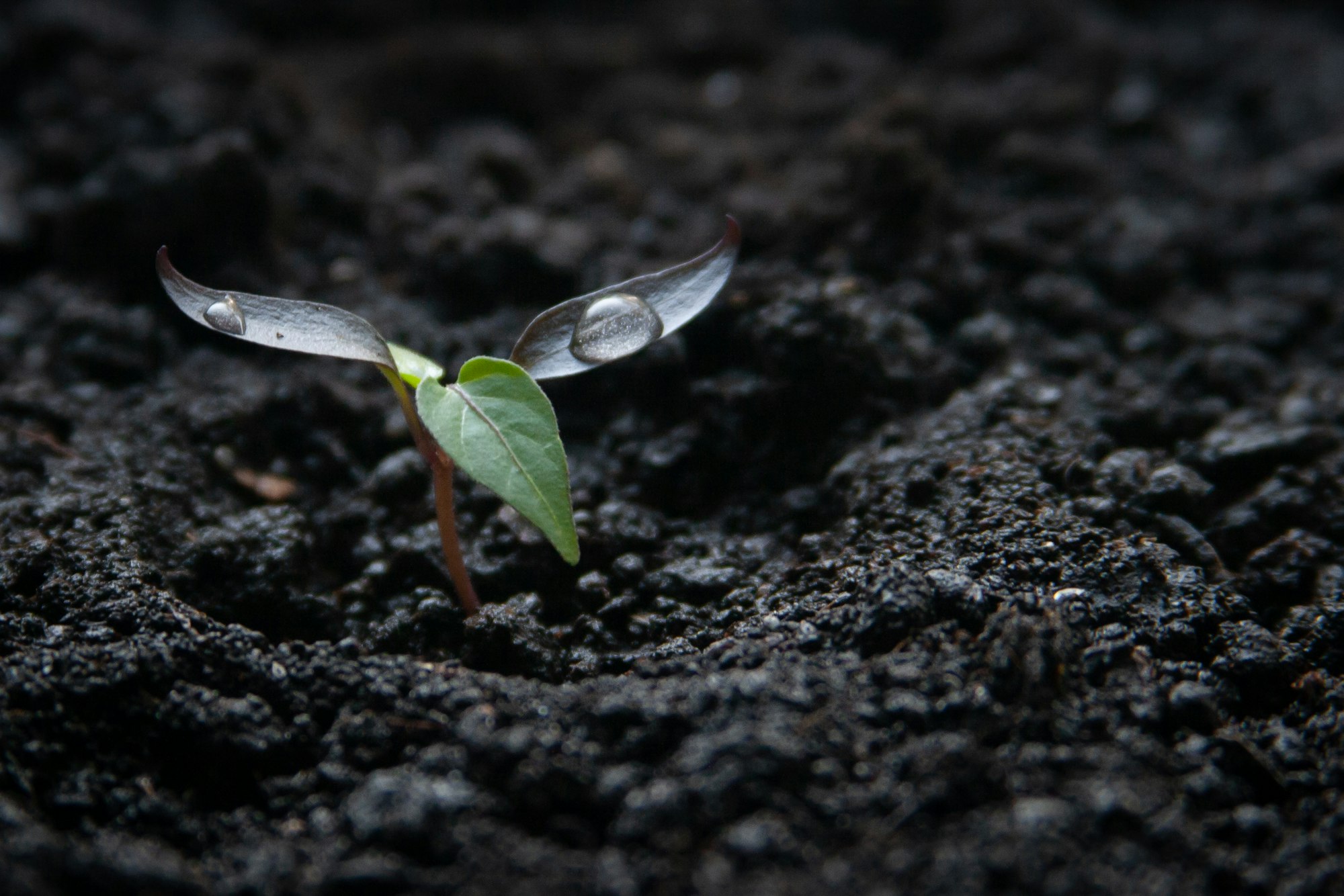
Managing Moisture and Aeration
Your compost pile should remain damp, like a wrung-out sponge. If it's too wet, add more browns to absorb excess moisture.
For proper aeration, turn the pile to prevent compacting, which suffocates microbes and slows down the process.
- Check moisture by the squeeze test (should yield a few drops)
- Add drainage, if needed, by mixing in dry, coarse materials
Monitoring Temperature
Use a compost thermometer to monitor the pile's temperature.
A hot compost pile (around 140-160°F) will decompose materials faster. If the temperature drops, it may need more nitrogen or aeration.
- Target Temperature: 140-160°F
- Tools: Compost thermometer
Troubleshooting Common Composting Problems
When creating garden compost, encountering issues like unpleasant odors, persistent pests, or imbalanced mixes are common. Knowing how to address these can ensure a successful composting operation.
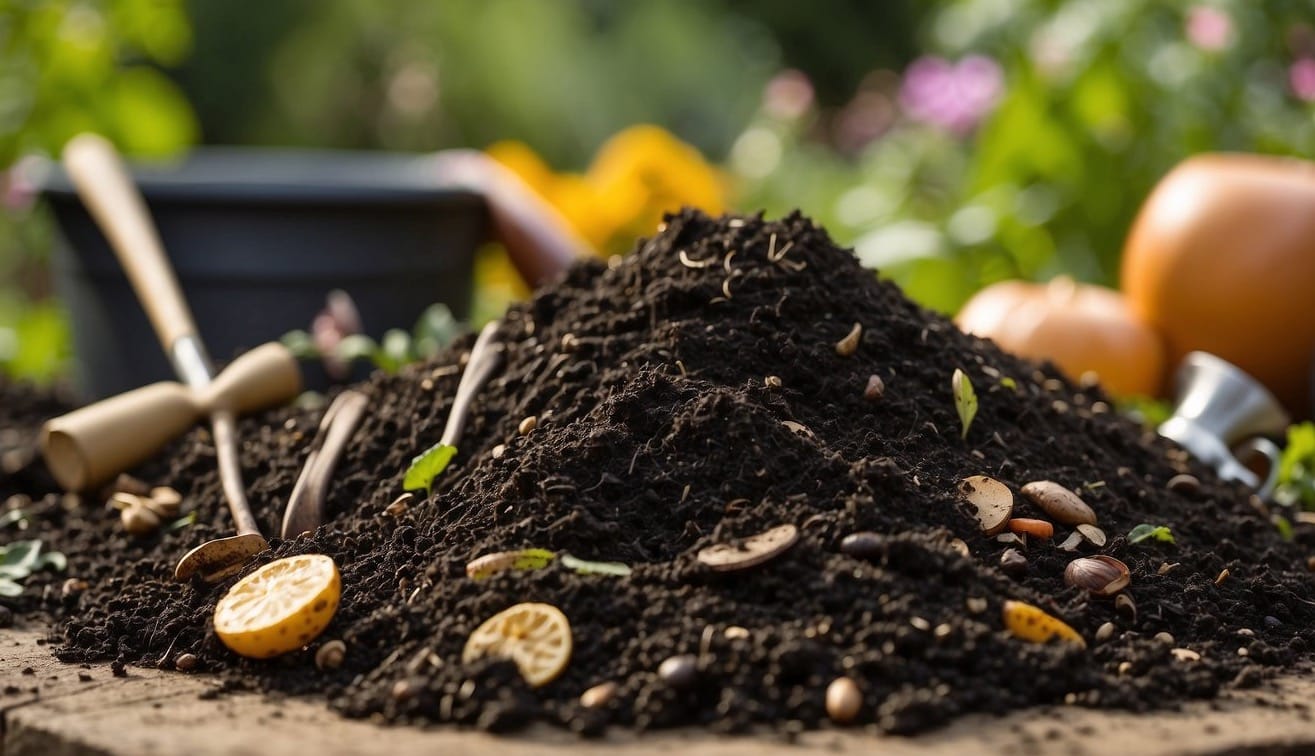
Dealing with Odors
Odors are natural in the composting process, but overpowering smells can be a sign of imbalance.
If your compost emits a rotten eggs smell, it may be too moist and lack adequate aeration, leading to anaerobic conditions.
To counteract this, turn your pile to introduce oxygen and add dry, carbon-rich materials like leaves or shredded paper.
For an ammonia scent, which suggests excess nitrogen, balancing your compost with more carbon-based materials, such as sawdust or straw, can neutralize the smell.
Preventing Pests
Pests like rats and flies are attracted to accessible food sources.
To prevent these unwelcome visitors, maintain a proper compost mix that excludes meat, dairy, and fatty foods.
Additionally, cover fresh material with a layer of soil or finished compost, and use a bin with a secure lid.
Regularly turning your compost not only discourages pests by burying attractive scraps but also promotes aeration and speeds up decomposition by microbes.
Adjusting the Compost Mix
Your compost mix should maintain a balance between moist green materials rich in nitrogen, such as fruit and vegetable scraps, and dry brown materials high in carbon, like leaves or straw.
A good rule of thumb for a balanced pile is to aim for a roughly 3:1 ratio of browns to greens.
If your compost is too dry, which can slow down bacteria and halt decomposition, add water until it's uniformly moist but not soaked.
Conversely, if the pile is too wet and clumping, introduce more brown materials to absorb the excess moisture and restore airflow.
Using Your Finished Compost
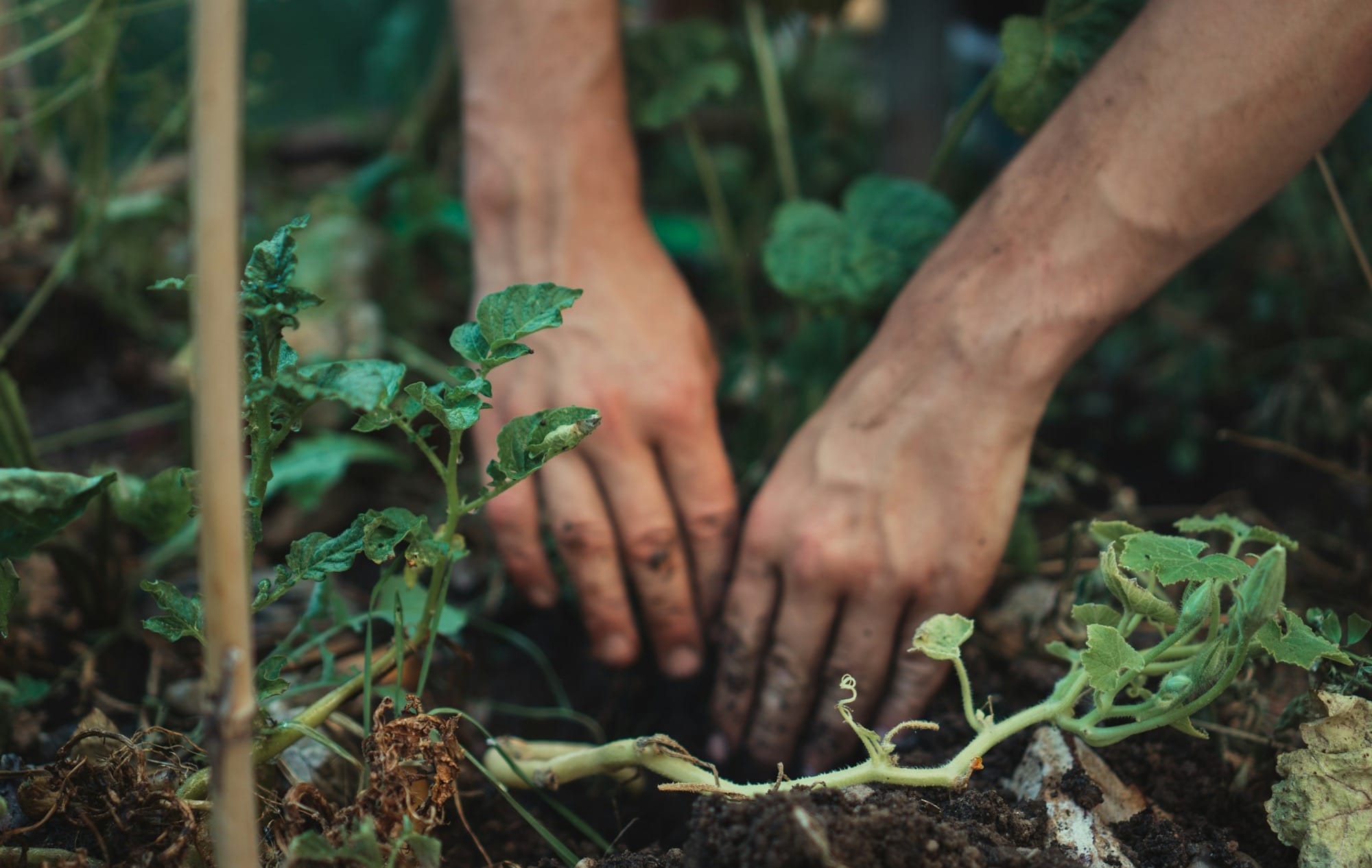
Recognizing when your compost is ready and understanding how to apply it effectively ensures that your garden benefits maximally from this nutrient-rich addition.
Identifying Ready Compost
Your compost is ready to use when it looks dark, crumbly, and is uniform in texture—a bit like a humus-rich soil.
It should have a pleasant, earthy odor and be cool to the touch. Any remnants of the original organic materials, except for tiny twigs or eggshell fragments, should no longer be recognizable.
Applying Compost to Your Garden
As Fertilizer:
Incorporate about an inch of compost into the top few inches of your garden soil to fertilize your plants. This will introduce beneficial microorganisms and nutrients that promote healthy growth.
- In Planting Holes: Mix compost into the soil at the bottom of planting holes for a concentrated nutrient boost.
- As a Soil Conditioner: Spread a layer of compost over your garden beds before the growing season to improve soil structure and fertility.
As Mulch:
Apply 2-3 inches of compost around your plants to act as mulch.
This will help the soil retain moisture, suppress weeds, and slowly release nutrients into the soil. Do not let compost touch plant stems to avoid any chance of rot.
| Use | Benefits |
|---|---|
| Top Dressing | Protects soil and offers slow-release feeding |
| Compost Tea | Provides liquid nourishment to plants and soil |
| Mixed with Soil | Enhances garden soil structure and aeration |
Remember to use finished compost sparingly, as too much can be just as harmful as too little.
Composting Throughout the Year
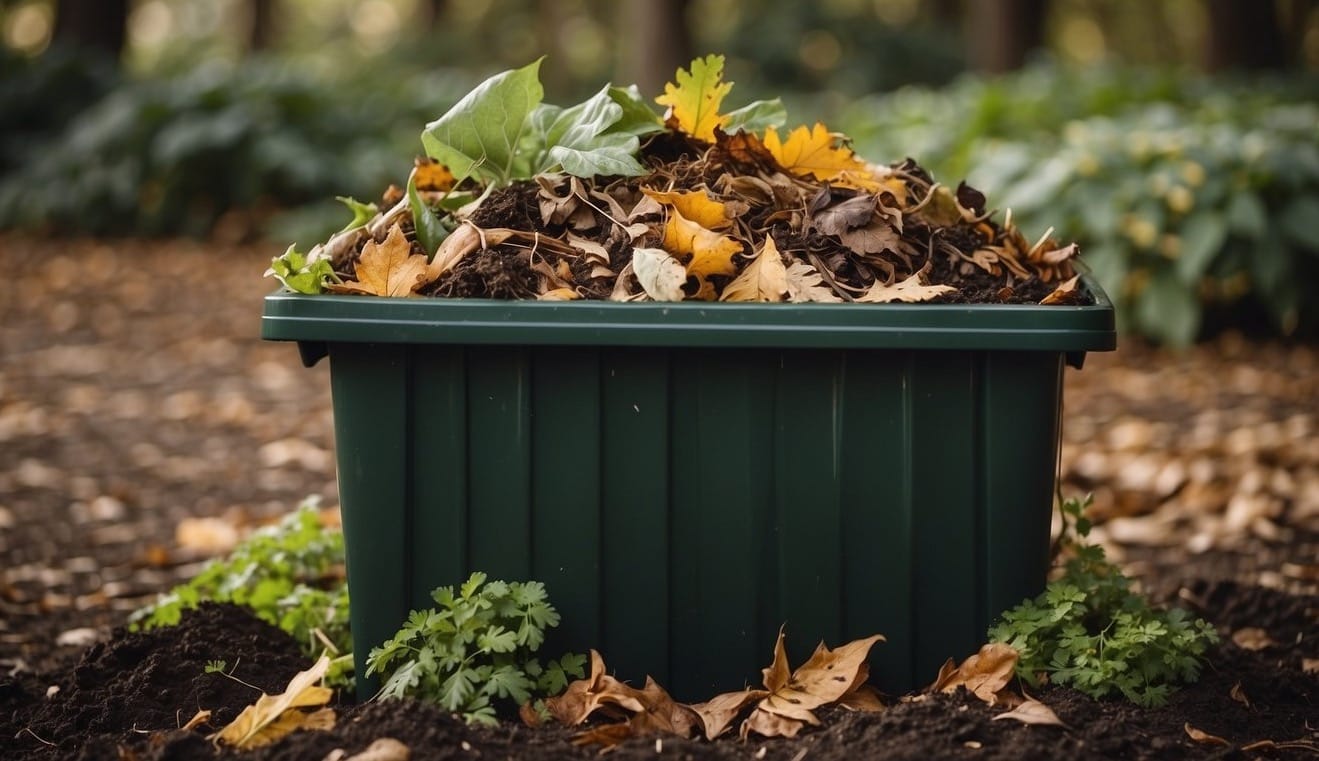
Composting effectively requires adapting your approach as the seasons change. You need to manage temperature, moisture, and the types of materials you add to ensure successful decomposition year-round.
Seasonal Composting Tips
Spring and Summer:
- Ensure Moisture Balance: As temperatures rise, your compost pile may dry out. It should be moist, like a wrung-out sponge, so add water if necessary.
- Balance Greens and Browns: Achieve a good balance by adding more carbon-rich "browns" like dry leaves, and nitrogen-rich "greens," such as grass clippings. A ratio of about 3:1 of browns to greens by volume is effective.
Fall:
- Collect Fallen Leaves: Gather and store dry leaves. They serve as an excellent source of "browns" throughout the year.
- Add Garden Waste: Clear out non-diseased plants and add them to your compost. Chop or shred larger items to speed up decomposition.
Winter:
- Prepare for Slower Decomposition: The process slows down as temperatures drop, but do not stop composting. Your pile will continue to decompose, albeit more slowly.
Composting in Winter
- Shift to Cold Composting: This process doesn’t rely on heat and continues at a slow pace even when it's cold.
- Insulate Your Pile: Use a thick layer of straw or burlap to protect your compost from freezing temperatures, which preserves the necessary warmth for microbial activity.
- Turn Less Frequently: Limit turning the pile to prevent heat loss but ensure that it still receives some aeration.
Frequently Asked Questions
In this section, you'll find answers to common queries about making garden compost, ensuring clarity on what to include, the steps involved, and how to maintain your compost pile effectively.
What items can I compost from my kitchen and garden?
You can compost a variety of kitchen scraps like fruit and vegetable peelings, coffee grounds, and eggshells. From the garden, include grass clippings, leaves, and old plants. Avoid diseased plant material to prevent the spread of pathogens.
Can you describe the steps to create compost at home?
To create compost, start by selecting a partially shaded spot for your bin or pile.
Alternate layers of 'greens' (high-nitrogen materials) and 'browns' (high-carbon materials), making sure to add more browns than greens.
Keep the pile moist and aerate it regularly by turning.
What materials should be avoided in compost making?
Avoid composting meats, dairy products, fats, and pet wastes, as they can attract pests and cause odors.
Also, refrain from adding treated wood products, as they may contain harmful chemicals.
How can I speed up the composting process?
To speed up composting, chop materials into smaller pieces to increase surface area, maintain moisture without making the pile soggy, and turn the pile frequently to enhance aeration and thereby accelerate decomposition.
What are the basic requirements for a successful home composting setup?
The basic requirements for a successful composting setup include a balance of green and brown materials, adequate moisture, good airflow, and regular turning of the compost pile. The setup should be placed in a convenient yet partially shaded area.
How do I maintain the right balance of greens and browns in my compost pile?
Maintain a balance by adding roughly one part green materials to three parts brown materials. Greens contribute nitrogen, while browns add carbon.
This ratio helps to create an environment that supports the microorganisms responsible for breaking down organic matter.

